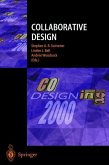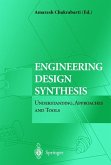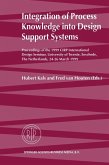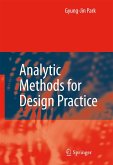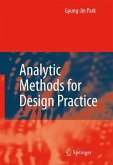Why reissue a book on engineering design first written nearly thirty years ago? It was well ahead of its time in 1971, and although much of its approach is now commonplace, plenty still remains to be adopted. But above all, where other books have a few pages on the key problems of design, which are how to produce good ideas and how to develop and improve them, this book has chapters. Engineering science is central to most design, but it figures hardly at all in other texts, even though it is the principal study of engineering students. In this book it assumes its proper place, figuring extensively in the examples. Progress in design comes usually, not from brainstorming and the like, but from the development of insight, often rooted in science. This book gives examples of insight and how to develop it. In design, there are recurrent forms of problem, such as disposition and match ing, treated here and not elsewhere. Frequently, insight can come and advances can be made by recognising and working on on these recurrent forms. Sometimes design can be reduced to a systematic process, where one idea fol lows logically from another, as this book shows. Sometimes, too, a breakthrough can come from finding a way to invalidate a step in a logical chain and so provide a starting point for a new design.


